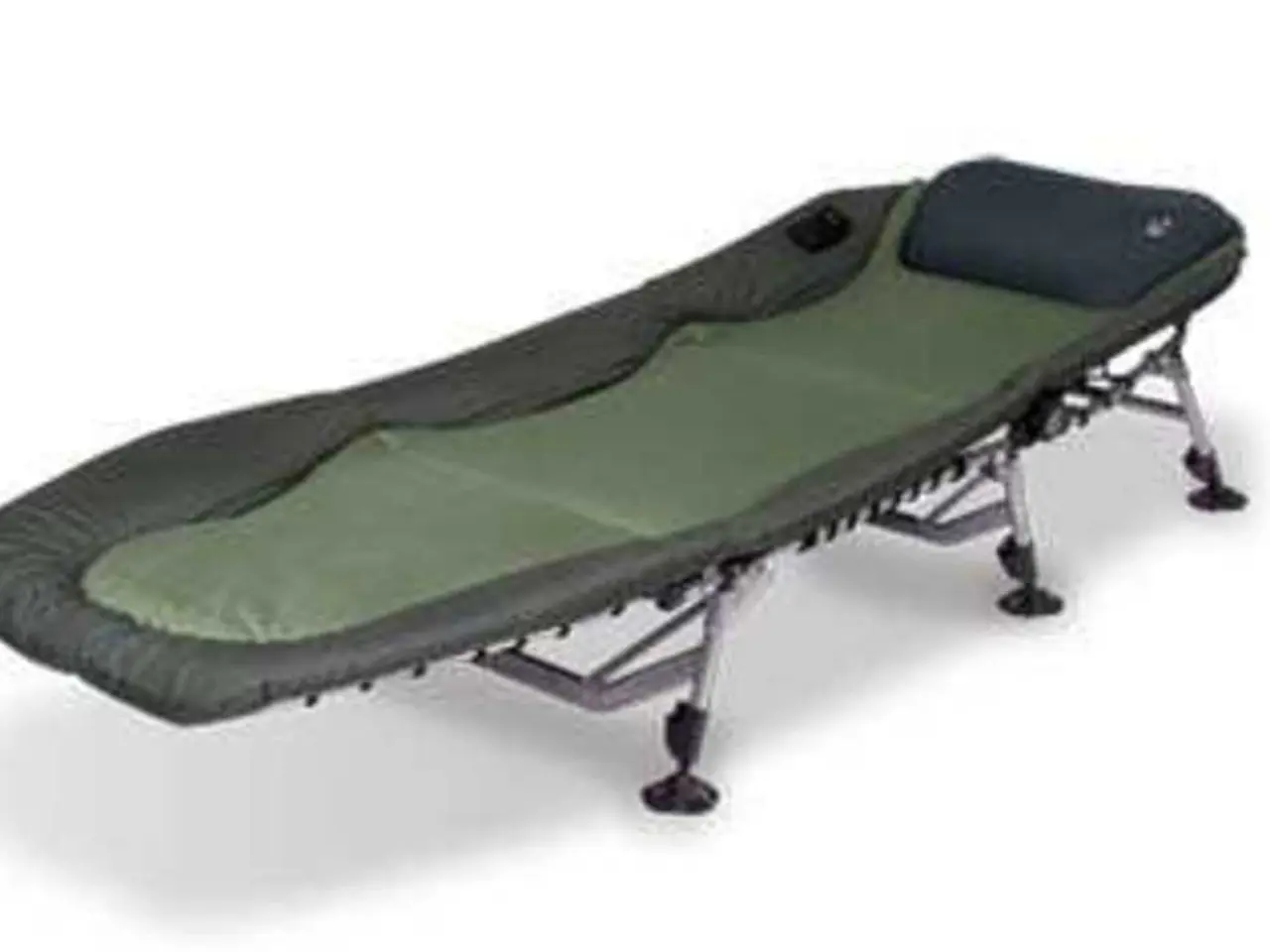At the age of 50, performing a quick five-second flexibility test places you in the top 80% compared to your contemporaries.
In our golden years, maintaining flexibility and mobility is crucial for reducing joint strain, protecting the back, and unlocking better performance in various activities. This article outlines effective exercises to improve hamstring flexibility and hip mobility for individuals over 50, particularly to enhance performance on the standing toe touch test.
static hamstring and hip stretches, rotational and hip-opening movements, myofascial release techniques, single-leg focused stretches, and daily practice and intentional mobility training are key recommended approaches.
Starting with static hamstring and hip stretches, holding stretches for about 30 seconds that target the hamstrings and hips can increase flexibility. For example, a standing hamstring stretch involves bending forward at the hips with straightened knees until a strong stretch is felt, while keeping the back flat and feet positioned for balance.
Adding a rotational component while stretching the hamstrings and glutes helps improve hip mobility. One effective method is to take a long step forward, rotate your torso around the front leg, and bend forward at the hips, focusing on the glutes and hamstrings.
Myofascial release techniques, using tools like a tennis ball or foam roller on the hamstrings, can release tight muscle fascia. When combined with slow knee extensions, this approach promotes muscle lengthening underneath the fascia, enhancing flexibility.
Stretching one leg at a time allows for more precise targeting of different hamstring areas and glute muscles, improving both strength and flexibility. Adjusting leg position into abduction, adduction, and adding twisting motions increases hip joint mobility and functional range of motion.
Consistency is crucial; improvements require regular training. Daily exercises such as seated forward folds, standing single-leg stretches, wall-supported toe reaches, and routine static and dynamic stretching can maintain and improve flexibility in the posterior chain, core, and spine, contributing to better standing toe touch performance.
Flexibility gains don't take hours, just intention and consistency. Building spinal mobility with cat-cows, thoracic openers, and active twists improves posture, gait, and rotational strength, making movements smoother. Flexibility does not fade because of age, it fades from neglect.
Improving flexibility through these methods can build a body that stays functional and independent for decades. The standing toe touch test reveals tightness in the posterior chain (hamstrings, glutes, and lower back). Training the hip hinge pattern with exercises like Romanian deadlifts, glute bridges, and hip airplanes helps the hips move without stealing motion from the spine, protecting the back.
Real flexibility means lowering down with control, reaching smoothly, and staying tension-free at the bottom. Touching toes with control shows that hamstrings lengthen, hips hinge properly, and the spine stays stable under tension. If fingertips hover above the shins or knees during the test, the posterior chain needs serious attention.
The standing toe touch test is a reflection of how well the body works together, with hips, spine, hamstrings, and core firing in sync when movement is dialed in. Daily hamstring mobility exercises, such as seated forward folds, standing single-leg stretches, and wall-supported toe reaches, are essential for unlocking length in the posterior chain.
Most people over 50 stop moving in ways that challenge their range of motion. The standing toe touch test highlights hip mobility, core engagement, and spinal alignment. Passing the standing toe touch test indicates a body that bends, moves, and flows better than most peers, holding off injury, improving performance, and supporting independence for decades.
The incorporation of daily static hamstring and hip stretches can increase flexibility for individuals over 50, helping them to pass the standing toe touch test and maintain better performance. Adding rotational movements during stretching may also improve hip mobility. Myofascial release techniques can promote muscle lengthening underneath the fascia, enhancing flexibility. Stretching one leg at a time can improve both strength and flexibility in the hamstrings and glute muscles. Practicing intentional mobility training consistently helps to maintain and improve flexibility, contributing to better spinal health and posture. Neglecting flexibility can lead to tightness in the posterior chain, which can be addressed through exercises like Romanian deadlifts, glute bridges, and hip airplanes. daily hamstring mobility exercises are essential for preventing injury and supporting independence for decades.




